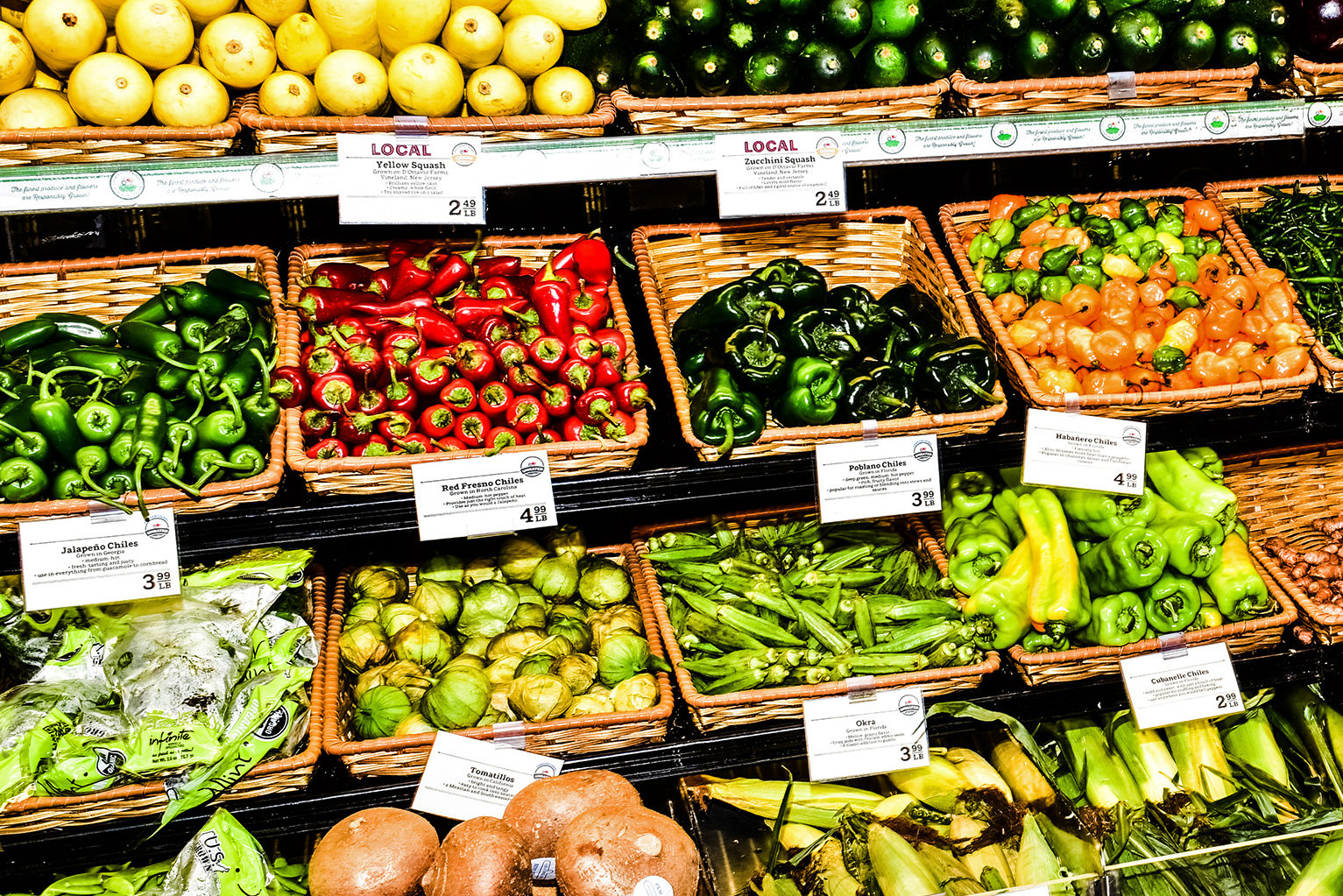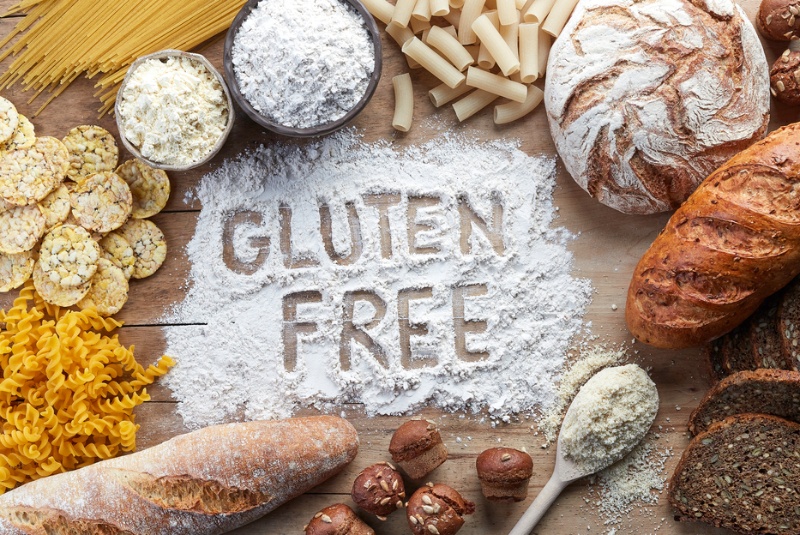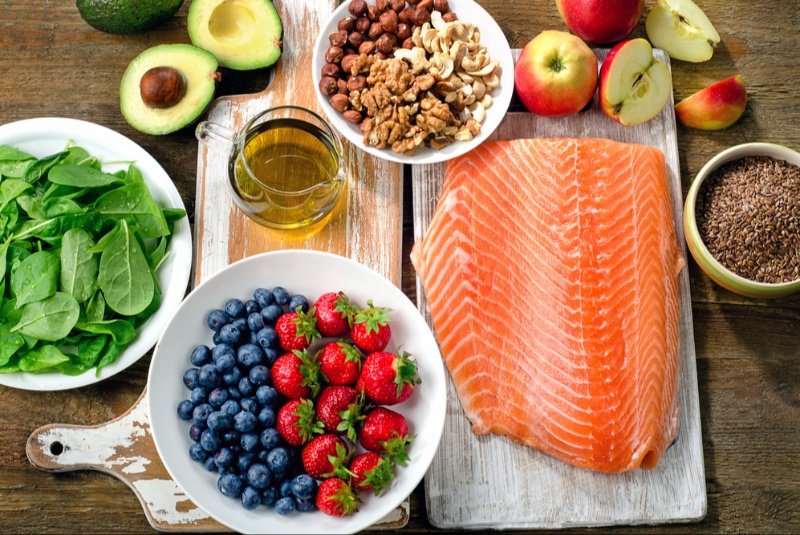The guidelines you typically hear is eat vegetables, fruits, lean meats, whole grains, and healthy fats. To a certain point eating healthy will result in various changes in how you look and feel. The task of body transformation can become more nuanced the further along the journey you are. Tracking macros has the ability to shift your lifestyle from an unhealthy diet to a healthier one by bringing awareness to what foods make you feel sluggish or give you life.
Macros stand for macronutrients. Your body requires macro and micro nutrient, it needs more macronutrients than micronutrients - hence the name. Macros are unique to the goals you wish to achieve, the three main areas are carbohydrates, fats, and protein.
There’s even an acronym representing this style of tracking referred to as IIFYM (If It Fits Your Macros).

Step 1: Calculate your macros
Your macros will be unique to you. There are plenty of online macro calculating resources. Typically, the information you need is your height, weight, and levels of activity. You can tweak the proportions of carbs, proteins, and fats. If you perform poorly on a low-carb diet, you can increase the proportion of carbs and decrease the amount of proteins and fats. It’s largely tweaking your plan as you go because each individual has different responses to different foods and proportions of macronutrients.
Step 2: Track your daily habits
You can get an app such as my fitness tracker where you can record your caloric intake and the number of macronutrients you are consuming to stay on target. An old school method is a notebook and food scale to weigh your meals.
Step 3: Measure your results
Once per week you can take measurements and weigh yourself to see the progress you’ve made. If you’ve made consistent progress you can re-enter your information and repeat the process. If you’re not where you’d like to be play with the macronutrient amounts from your calculations.
List of healthy macro sources:
Carbohydrate: whole wheat bread, brown rice, whole wheat pasta, oats, fruits
Fats: avocado, olive oil, peanut butter
Protein: eggs, Greek yogurt, lean meat, fish, shrimp, spinach, lentils




